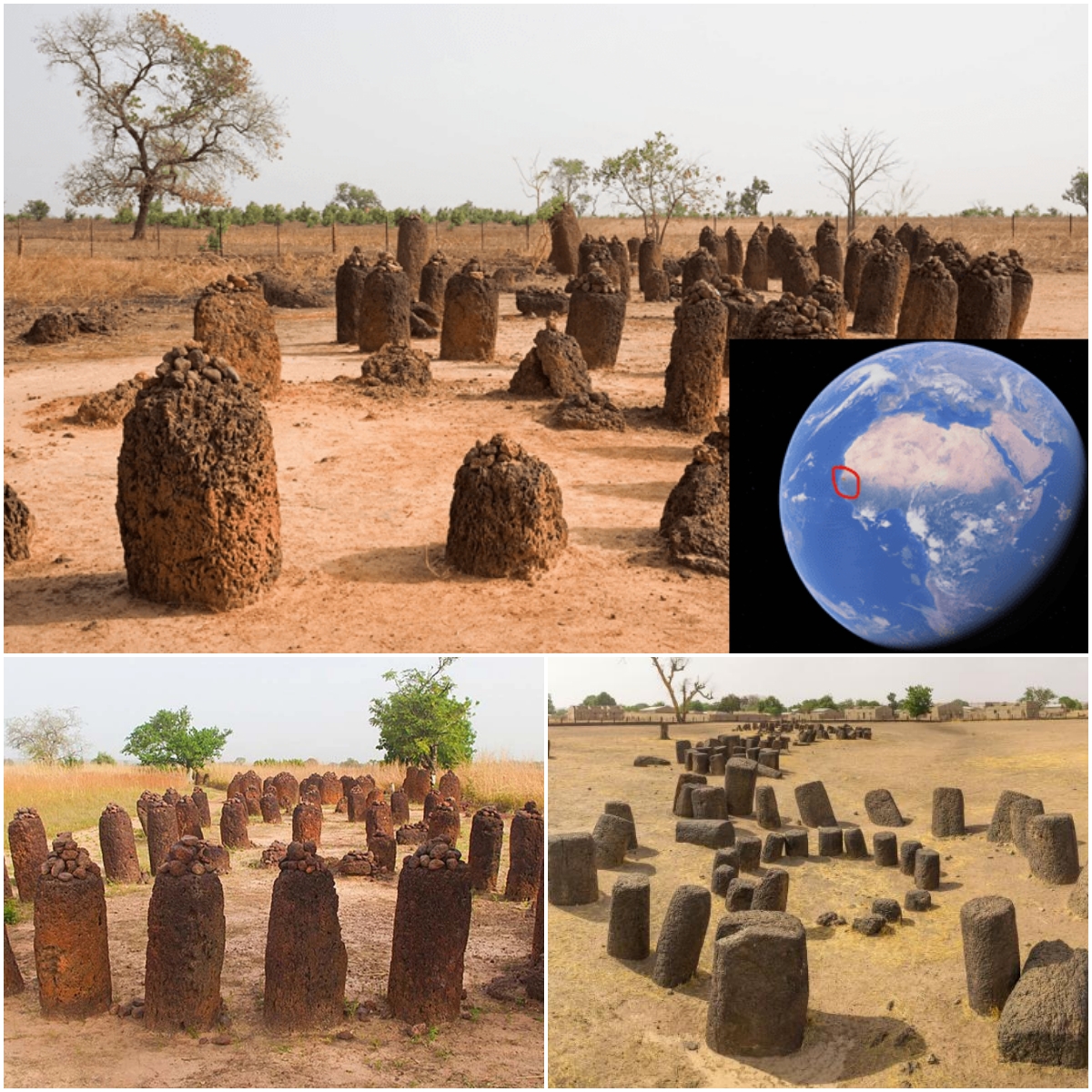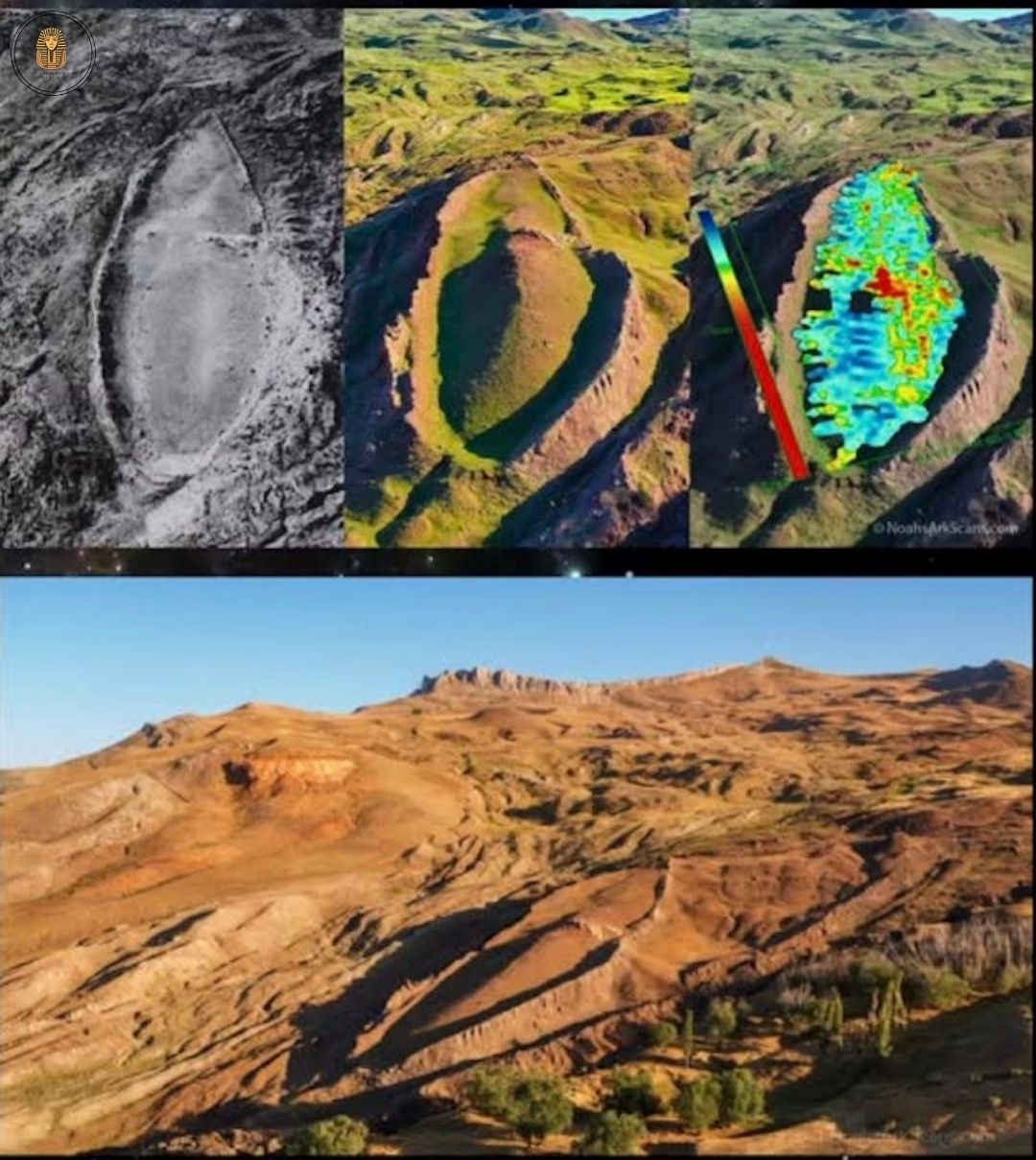Babylonian Tablets’ Predictions: 4,000 Years of Insight
Researchers have deciphered ancient Babylonian tablets that predict future disasters.
The 4,000-year-old artifacts were found more than 100 years ago in modern-day Iraq, but have only now been fully translated and linked to astronomical events.
The ancient Babylonians had a special interest in the cosmos, especially the moon, and associated lunar eclipses with natural disasters and historical events.
The newly deciphered tablets consist of 61 predictions spread across four clay tablets, including an ominous warning that “a king will die” and “a nation will fall.”

A 4,000-year-old tablet written by ancient Babylonians consisted of 61 omens that may have linked past experiences to the alignment of the planets, moon and stars.
Although the tablets were added to the British Museum’s collection between 1892 and 1914, this revelation marks the first time that cuneiform writing has been fully translated and linked to astronomical predictions and omens.
Omens predicted serious environmental disasters, including one that read: “In spring a plague of locusts will emerge and attack the crops/crops of my land. “There will be food shortages.”
There was also talk of revolts on land, both from foreign adversaries and the climate, the study revealed.
A deciphered omen said: ‘There will be rains and floods and Hadad will devastate the threshing floors.

There will be an attack by an Elamite army, a Gutian army, upon the land. He will destroy a land that rebels. The earth will perish.
A separate omen added: ‘As for a land that rebels, the enemy will demolish cities, city walls, my city walls, our city walls.’
The tablets are believed to come from Sippar, a city that flourished during the Babylonian Empire in what is now Iraq, and date from the middle and late periods of ancient Babylon, from approximately 1894 to 1595 BC. c.
The researchers suggested that ancient people may have relied on past experiences to determine omens that predicted lunar eclipses and this discovery makes these slabs “the oldest examples of compendia of lunar eclipse omens yet discovered.”

The ancient Babylonians knew when to expect a lunar eclipse and often claimed it predicted the death of their king and performed rituals to save the current monarch from his supposed fate, according to researchers.
Researchers worked to decipher the cuneiform language, which is one of the oldest known forms of writing and means “wedge-shaped” because people used a reed stylus to create wedge-shaped marks on clay tablets.
These symbols could be used to write several languages in the ancient Near East, including Sumerian, Akkadian, and Old Persian.
In Mesopotamia, ancient people associated eclipses with the death of their kings, which led them to study them and make predictions to protect their rulers.
People believed that “events in the sky were coded signals placed there by the gods as warnings about the future prospects of those on Earth,” Andrew George, a professor at the University of London, and his co-author Junko Taniguchi wrote in the study. .
‘Those who advised the king monitored the night sky and compared their observations with the academic corpus of texts of celestial omens.’

The tablets analyzed in the new study date from the Middle and Late Babylonian periods, from about 1894 to 1595 BC. C., and are the “oldest examples of compendiums of lunar eclipse omens discovered so far.”
The study revealed that ancient Babylonians predicted omens using the time of night, date, movement of shadows and duration of eclipses, much like how a “psychic” uses tarot cards to predict the future. from someone
Researchers said a transcribed omen read: ‘If an eclipse darkens from its center suddenly [y] suddenly becomes clear: a king will die, destruction of Elam’, a region of Mesopotamia in the center of what is now Iran.
Another omen predicted the fall of two other regions of Mesopotamia, Subartu and Akkad, which would occur if “an eclipse begins in the south and then disappears.”
The researchers said the omens could cause people to take drastic measures to protect their leader, noting that one read: ‘A king who is famous will perish; his son who has not been nominated/designated for the kingship, will take the kingship/throne and there will be war.
‘The land will be depopulated, its cities will be desolate and its land will decrease.’
However, the researchers noted that the kings did not rely solely on eclipse omens; If one predicted their death, they took additional measures to confirm whether a tragedy would occur.
“If the prediction associated with a given omen was threatening, for example, ‘a king will die’, then an oracular investigation was carried out by extispicia [inspección de las entrañas de los animales] to determine if the king was in real danger,” the study notes.
If the gut confirmed that a calamity was approaching, the ancient Babylonians believed that by performing certain rituals they could nullify the bad omen and defeat the evil that surrounded it.
Lunar omens usually predicted the death of a king, and according to NASA, the Babylonians sometimes appointed “substitute kings… who would bear the brunt of the gods’ wrath” to protect the true ruler from harm.
Although the deaths of some kings have not been definitively linked to the tablet’s omens, one historical leader seemed to live up to some omens.
‘A king who is famous will perish; His son, who has not been appointed to the throne, will seize the throne and there will be war,’ said one omen, adding: ‘The land will be depopulated, its cities will become a desolation and its land will diminish.’
In 1750 BC. C., King Hammurabi died at approximately age 60, and although his ancestors ruled for another 155 years, his death marked the slow decline of the Babylonian Empire.
“The origins of some of the omens may have been in a real experience: the observation of an omen followed by a catastrophe,” George told Live Science.
But he clarified that most of the omens were probably related to eclipse events from a theoretical or speculative point of view.






